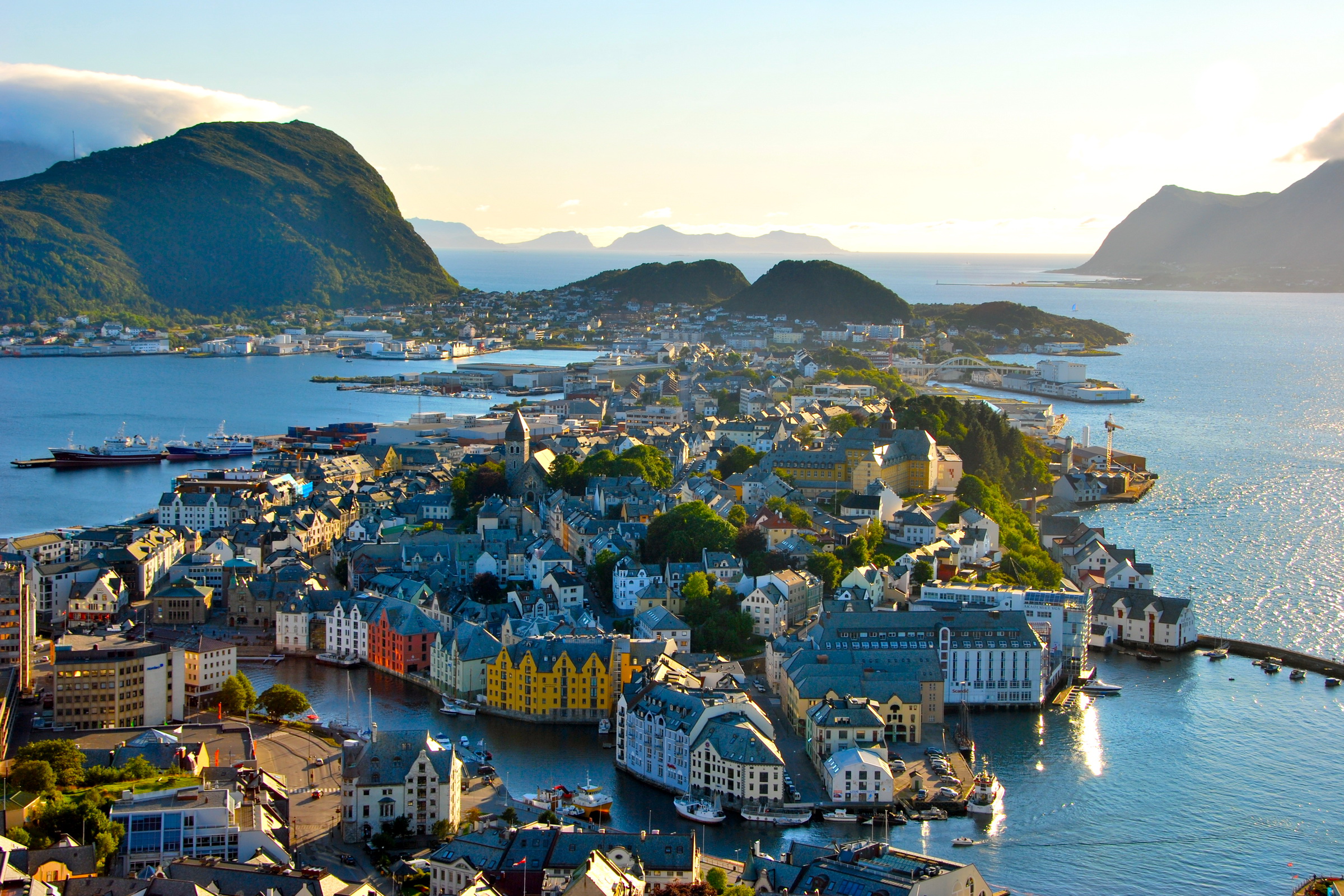Escape for the Weekend
Explore our collection of weekend



Norway
What to see in Norway? The Lofoten Islands; aurora borealis; Bryggen; glaciers and waterfalls of the Jotunheimen National Park; Pulpit Rock; Skarberget wall; the DS Frankenwald wreck; the Saltstraumen; and the MV Seattle and the Donier 24 wrecks.
Individual Booking Try It FreeNorway
Norway is a northern country, located in the western part of the Scandinavian Peninsula and on Jan Mayen and the Arctic archipelago of Svalbard. It has borders with Sweden, Finland and Russia. Norway is washed by the Norwegian Sea, the North Sea, the Barents Sea and the Skagerrak Strait. The 5-million population of Norway occupies the territory of 385 thousand square kilometers. The capital of the country is Oslo. The official language is Norwegian and Sami languages.
The national currency is the Norwegian krone. Hotels, city taxis, shops and most restaurants accept credit/debit cards.
Most of the country is covered by mountains and high lands. Major part of rocky wilderness is unpopulated and has been converted into national parks, due to which Norway can boast of practically unspoiled nature. Characteristic feature of Norwegian landscape is fjords, the longest of which, Sognefjorden is 204 kilometers long.
Norwegian climate is softened by the Gulf Stream. The most pleasant weather conditions are in summer.
Rough beauty of Norway attracts a lot of people every year. The most popular attractions include: the Lofoten Islands, whose razor-sharp peaks make them look like a sea dragon; aurora borealis, which can be seen from October to March away from bright cities; colorful wooden buildings of Bryggen, the oldest quarter of Bergen; the Jotunheimen National Park, covering more than a thousand square kilometers, where you will find deep lakes, plunging waterfalls, 60 glaciers and hundreds of hiking routes; Pulpit Rock, cliff that juts out more than 600 meters above Lysefjord; Ålesund, the home base for Norway’s largest cod-fishing fleet, situated on a fishhook-shaped peninsula. Beside that in Norway you can see the authentic Sami culture, go dog-sledding and watch wildlife animals, such as polar bears (in Svalbard only), Arctic foxes, reindeer.
Airports
Oslo Airport (OSL) is the main international airport in Norway, situated 35 kilometers northeast of Oslo.
Moss Airport, Rygge (RYG) is an international airport, located 10 kilometres outside Moss and 60 kilometres outside Oslo.
Bergen Airport, Flesland (BGO) is the second-busiest international airport in Norway, located at Flesland in Bergen.
Stavanger Airport, Sola (SVG) is an international airport located 11 km southwest of Stavanger.
Trondheim Airport, Værnes (TRD) is an international airport located 19 km from Trondheim.
Diving in Norway
In clear Norwegian waters you will find abundant marine life, numerous wrecks and exciting underwater landscapes. Here you can take up usual diving, wall-diving, wreck-diving and much more. You can even swim with killer whales near the Lofoten Islands beyond the Arctic Circle. Off the islands’ coast there is rich fish life, kelp forests, and exciting wreck dives. Those who like wall-diving can try Skarberget wall, a steep wall with plenty of overhangs and crevices to explore.
While diving in the Norwegian fjords you can watch various sea inhabitants in a man-made reef created by the sinking of the DS Frankenwald, a 400ft-long German cargo steamer, sunk in 1940 in Sognefjord.
You can also have one of the most spectacular drift dives on the planet in the Saltstraumen, the world’s fastest (about 40 km per hour) tidal current, whose oxygen rich fresh water is inhabited by many marine species.
In Narvik and Sorlandet you have an opportunity to explore some interesting wrecks from the Second World War.
The most famous Norway’s wrecks are the MV Seattle, a 140-meter German cargo ship, sunk in 1945 and located at a depth of between 20 and 60 meters; and the Donier 24, a German fighter plane, located at 50 meters from the beach at Topdalenfjord.
